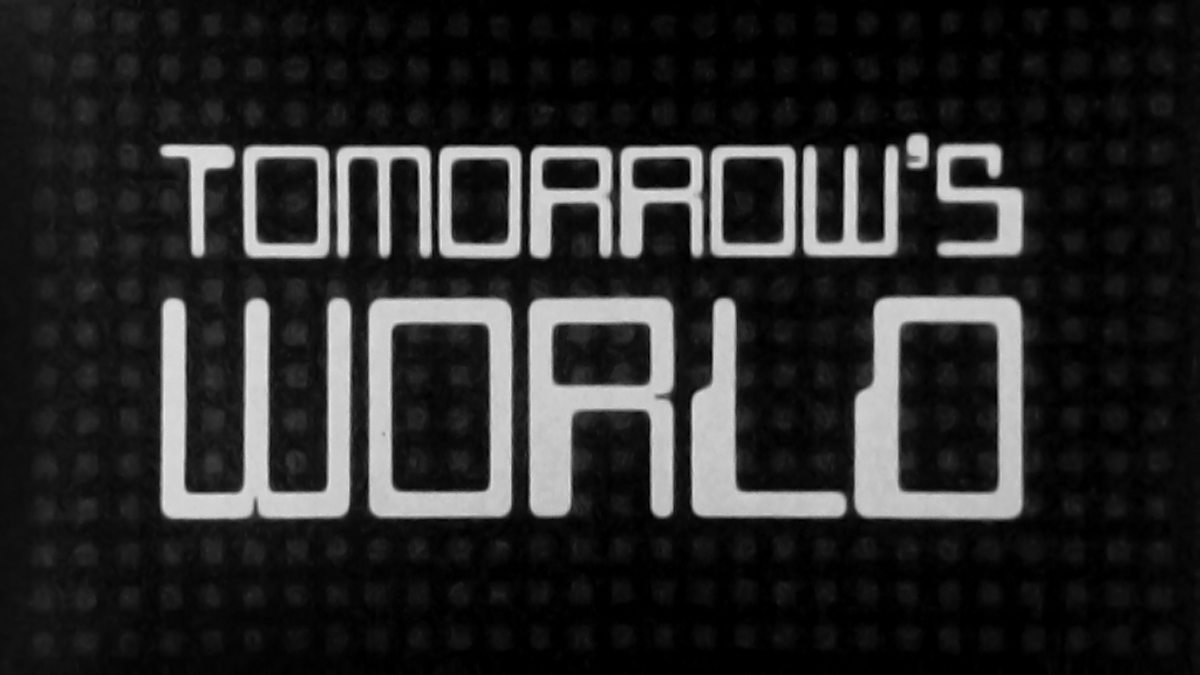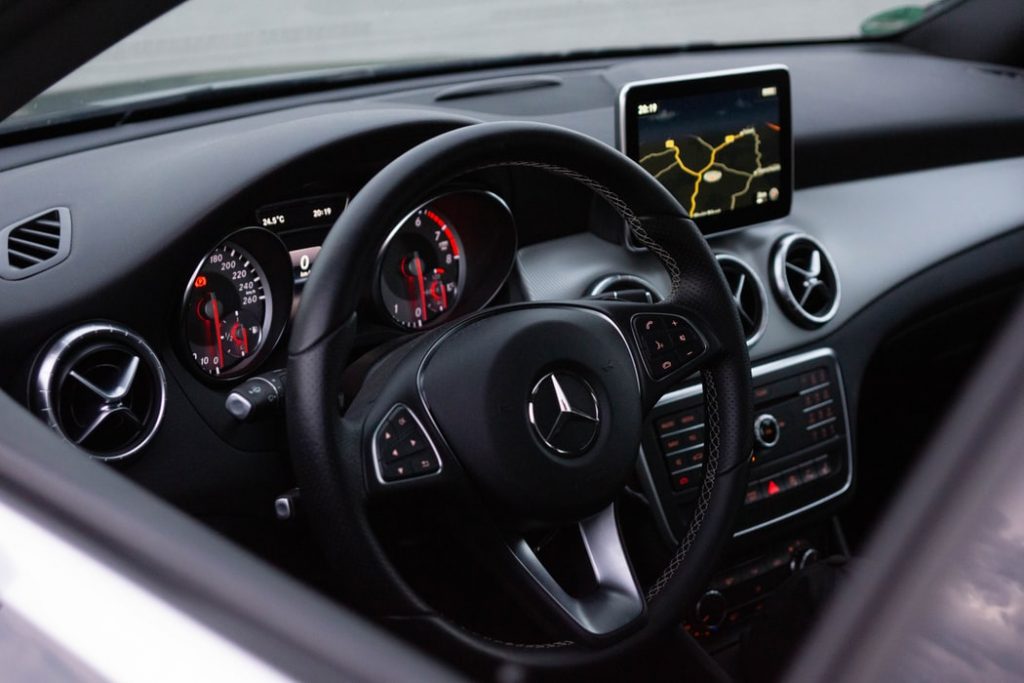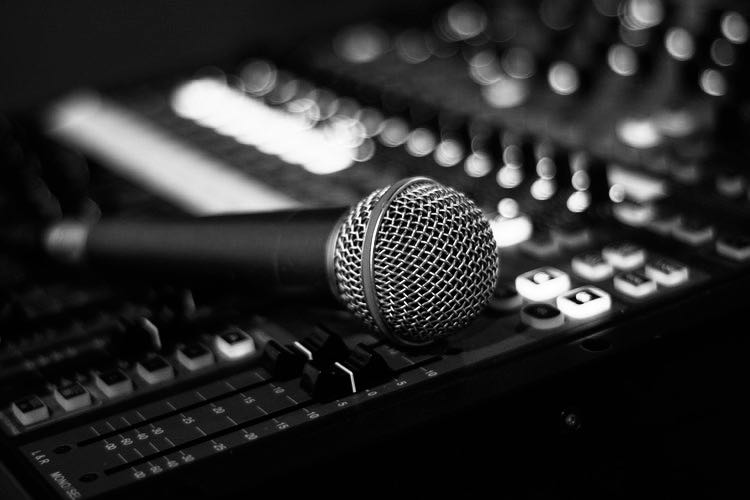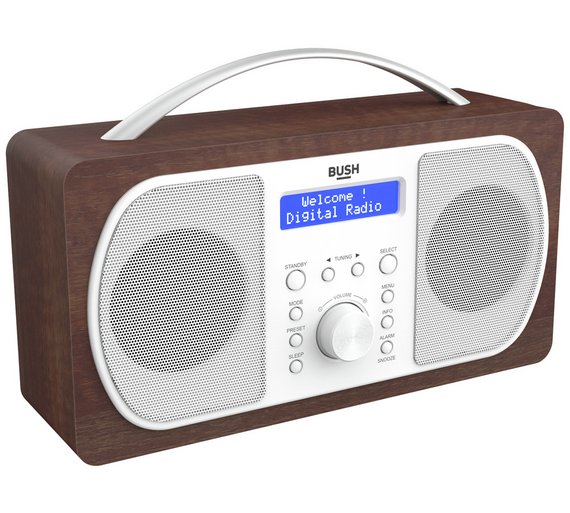
(Source: Ampegon)
Radio Waves: Stories Making Waves in the World of Radio
Because I keep my ear to the waves, as well as receive many tips from others who do the same, I find myself privy to radio-related stories that might interest SWLing Post readers. To that end: Welcome to the SWLing Post’s Radio Waves, a collection of links to interesting stories making waves in the world of radio. Enjoy!
Many thanks to SWLing Post contributors Mike, Paul Evans, Josh Shepperd, and Mike Terry for the following tips:
In response to the ongoing Coronvirus situation Spain’s national amateur radio society URE is allowing everyone to download the PDF of the June edition of their magazine Radioaficionados
A translation of the announcement on the URE site says:
One more month, and we have already been three, with the aim of accompanying its readers in the exceptional situation caused by the spread of COVID-19, the URE in its commitment to collaborate and help to cope with the complicated situation we are currently experiencing in our country, has decided to offer free access to the magazine of the month of June and we remind you that magazines prior to December 2019 are also available to you. In this way, citizens who wish to can read these publications for free.
A small gesture so that nobody feels alone at home in the face of this global challenge.
Access is through the website download area, click on “Descargas” under “Junio 2020 – Revista” at:
https://www.ure.es/descargas/
URE in Google English
https://tinyurl.com/SpainURE
Ampegon Power Electronics highlights progress on the company’s third-generation solid-state shortwave transmitters, which it says will offer “significant advances in efficiency.”
The company says this work will pave the way toward higher-power broadcast outputs and meet current expectations of a shortwave equivalent to medium-wave and FM transmitters. “Combined, these two developments will bring FM-quality broadcasts with all the benefits of shortwave,” said Simon Keens, Ampegon sales and business development manager.
Ampegon has also developed a retrofit upgrade to current UCS generation control systems for previous generation 100 kW, 250 kW, 300 kW and 500 kW transmitter systems.[…]
Brian Fauteux reflects on the way COVID-19 is affecting his two passions: music and teaching
A lot of great songs effectively reflect the feelings that accompany isolation. The experience of being alone, however, is often constructed in opposition to a longing for togetherness. Heart’s “Alone” (1987) — maybe the greatest power ballad ever recorded — confidently asserts, “‘Til now I always got by on my own.” But this is no longer the case when the song’s protagonist meets and develops undeniable feelings for another: “And now it chills me to the bone.” In another iconic 80s anthem, “Dancing in the Dark,” Springsteen grows tired and bored with himself against the desperate urge to join up with “something happening somewhere.” The act of dancing in the dark can be fun, sure, but it’s much more fun with others. Inspiration in isolation is insubstantial.
I’m an Assistant Professor of Popular Music and Media Studies, and I teach and write about the role of music in society. I’m interested in how our listening practices shape, and are shaped by, issues of sustainability in the music industries — that is, how artists make (or struggle to make) a living in this day and age.[…]
Directive (EU) 2018/1972 of the European Parliament and of the Council of December 11, 2018, establishing the European Electronic Communications Code (‘EECC’) entered into force on December 20, 2018. Member states have two years to incorporate it into national law, except where specifically mentioned.
Radio is an important medium through which citizens access a diverse range of information news and entertainment services. The EECC leverages on the ever-increasing connectivity of new generation cars as well as on the digital platforms of radio broadcasters to guarantee a more robust radio experience to all drivers, ensuring good coverage, a wider choice of radio stations and more effective access to information at all times. The EECC ensures that car drivers have access to the benefits of digital terrestrial radio wherever in the EU they have bought their new car.
On April 21, the minister responsible for communications, in consultation with the Malta Communications Authority, published Legal Notice 151 of 2020 amending the Electronic Communications Network and Services (General) Regulations, implementing the provision of the EECC dealing with the interoperability of car radio devices. In line with the regulation, any car radio receiver integrated in a new vehicle of category M which is made available on the market for sale or rent in Malta from December 21, 2020, shall comprise a receiver capable of receiving and reproducing at least radio services provided by digital terrestrial radio broadcasting of type DAB+. Radio programmes in Malta are broadcast terrestrially on DAB+.
The car radio requirement only applies to new cars.[…]
Do you enjoy the SWLing Post?
Please consider supporting us via Patreon or our Coffee Fund!
Your support makes articles like this one possible. Thank you!

 Many thanks to SWLing Post contributor, Jason W, who writes:
Many thanks to SWLing Post contributor, Jason W, who writes:






